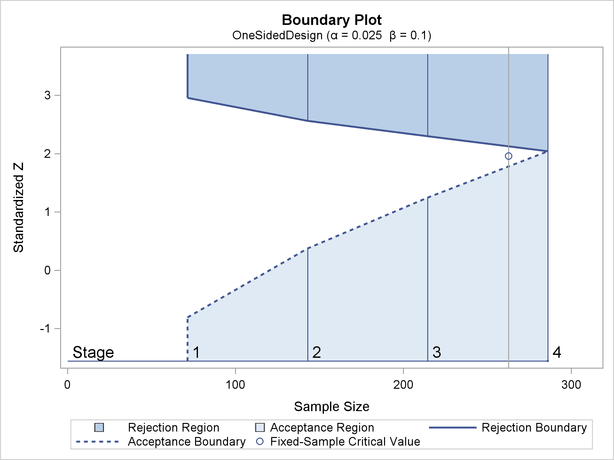

The advantages of such study designs are several and these arise from the fundamental property of allowing the trial to adjust to information that was not available when the trial began. This approach can be employed in both cross-over and parallel study designs. The proposed statistical plan must be clearly defined in the study protocol, including the adjusted significance level that is to be employed during each analysis.Ī factor for stage should be included in the ANOVA model for the final analysis of the combined data from the two stages. In this case no test against the acceptance criteria is made during the interim analysis and bioequivalence cannot be proven at that point. For example, the first stage may be planned as an analysis where no alpha is spent in the interim analysis since the objective of the interim analysis is to obtain information on the point estimate difference and variability and where all the alpha is spent in the final analysis with the conventional 90% confidence interval. The amount of alpha to be spent at the time of the interim analysis can be set at the study designer’s discretion. It is recommended that the same alpha for both stages be employed. To do this, both the interim and final analyses must be conducted at adjusted levels of significance with the confidence intervals calculated using the adjusted values. In order to use a two-stage design, adjustments must be made to protect the overall Type 1 error rate and maintain it at 5%. At the end of the second stage, the results from both groups combined are used in the final analysis. If bioequivalence is not proven at the end of the first stage, the second stage is conducted employing an appropriate number of additional subjects as determined based on the variance estimates and point estimate calculated from the stage 1 data. If bioequivalence is proven at this point the study can be terminated.

The analysis undertaken at the end of the first stage is treated as an interim analysis. Several regulatory agencies such as Japan, EU, Canada accept these studies, and so does WHO.Īs per WHO Annex 6 – the number of subjects employed in the first stage is generally based on the most likely intra-subject variance estimate with some added subjects to compensate for drop-outs. Such studies come under the umbrella of adaptive trial designs which are defined by the USFDA as a BE study design that allows for prospectively planned modifications to one or more aspects of the design based on accumulating data from subjects in the trial.”Īdaptive designs are well known and utilized for conduct of patient based efficacy and safety studies often, though their use in BE studies is limited.Ī two stage sequential design is a kind of adaptive design based on use of comparative data (interim) valuable tool that can be employed for BE studies. In such situations a two- stage sequential study design can be employed such that an accurate estimate of the variability can be determined in the first stage of the study. If the basis of assumptions is unreliable or unknown the assumed variance can be either too small or too large, leading, respectively, to studies that are underpowered or overly large. We have to remember that the sample size is based on a set of assumptions we make. The planning of bioequivalence (BE) studies, requires a prior specification of an effect size for the determination of power and an assumption about the variance and therefore the calculation of the sample size. Adaptive Designs are defined “as a clinical trial design that allows for prospectively planned modifications to one or more aspects of the design based on accumulating data from subjects in the trial.”


 0 kommentar(er)
0 kommentar(er)
